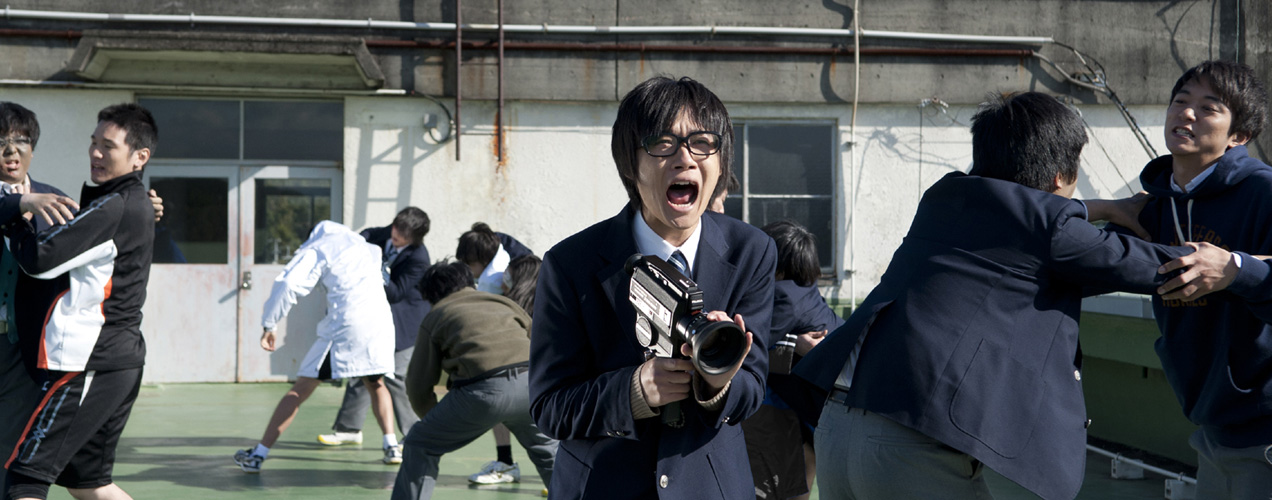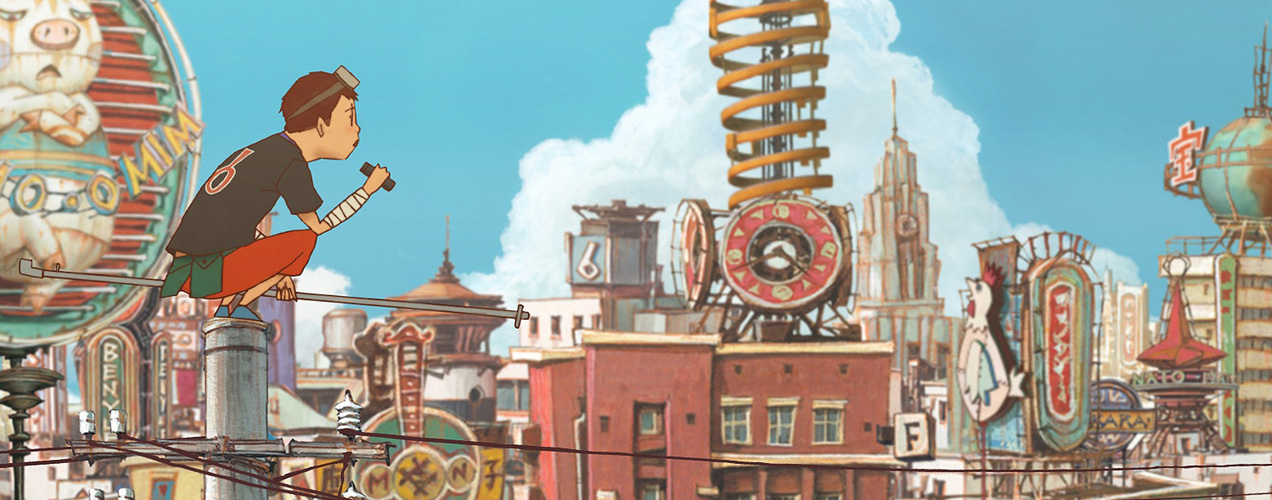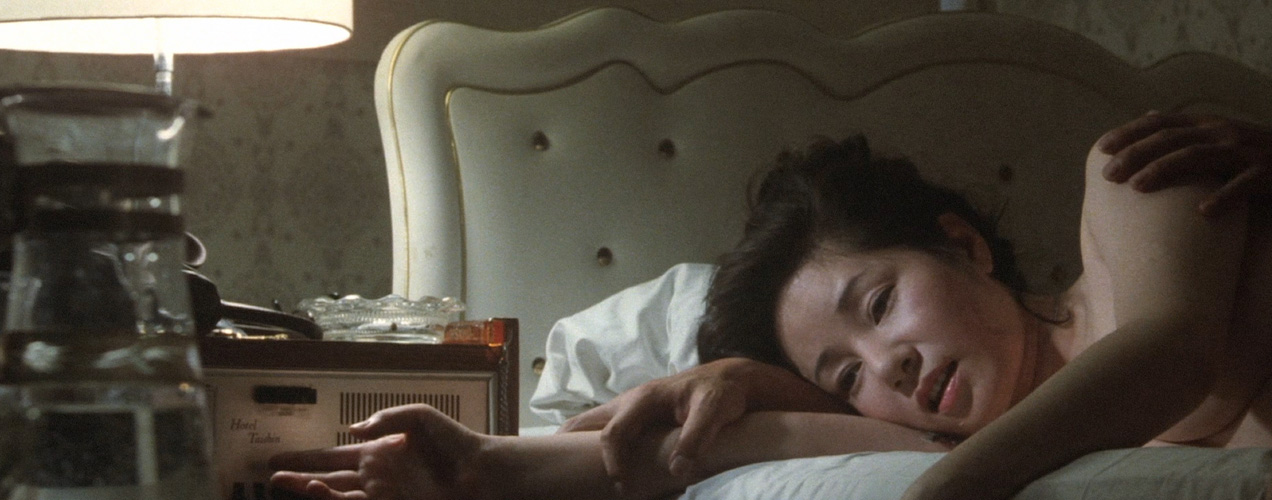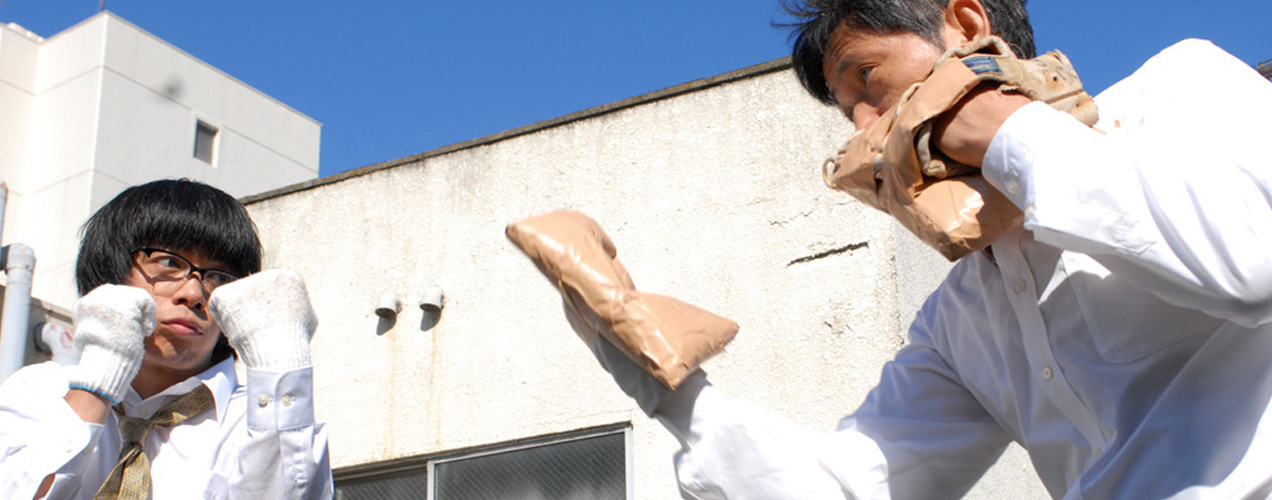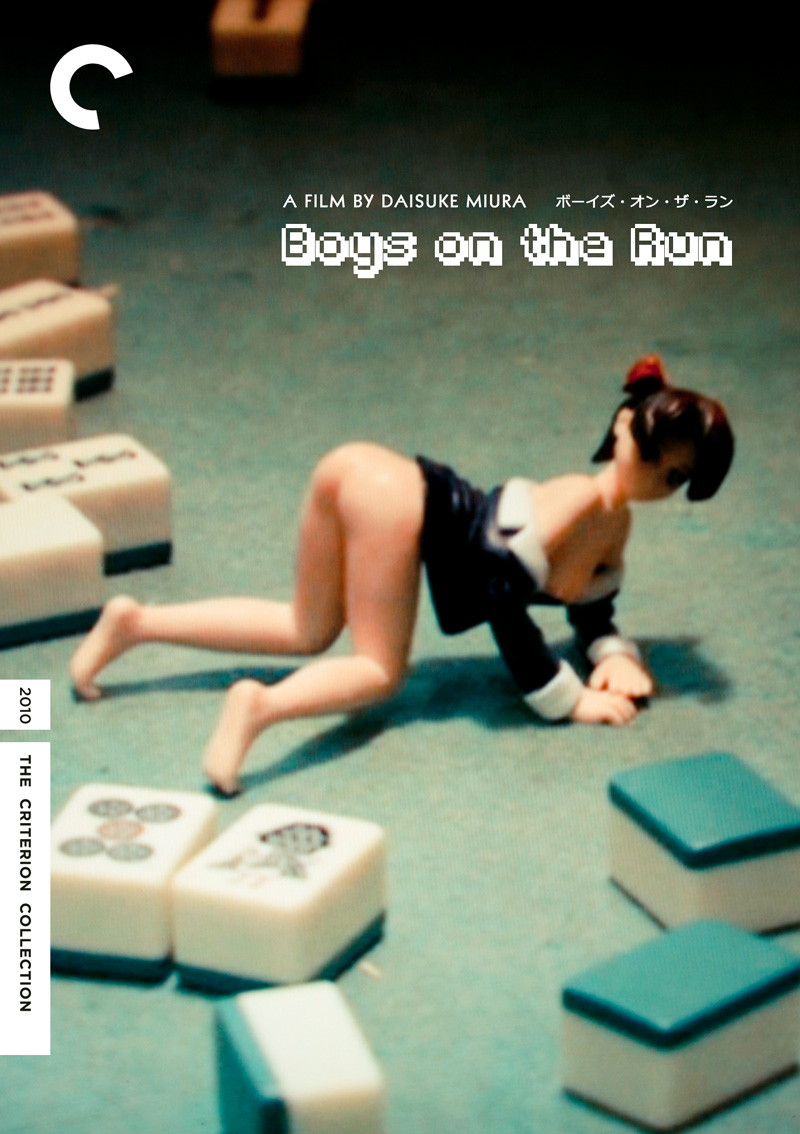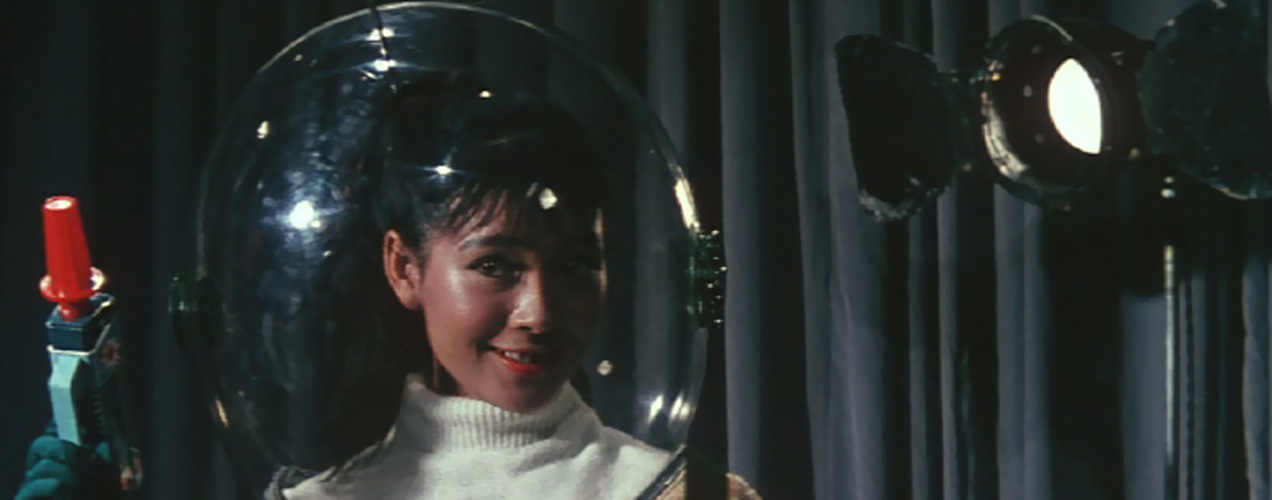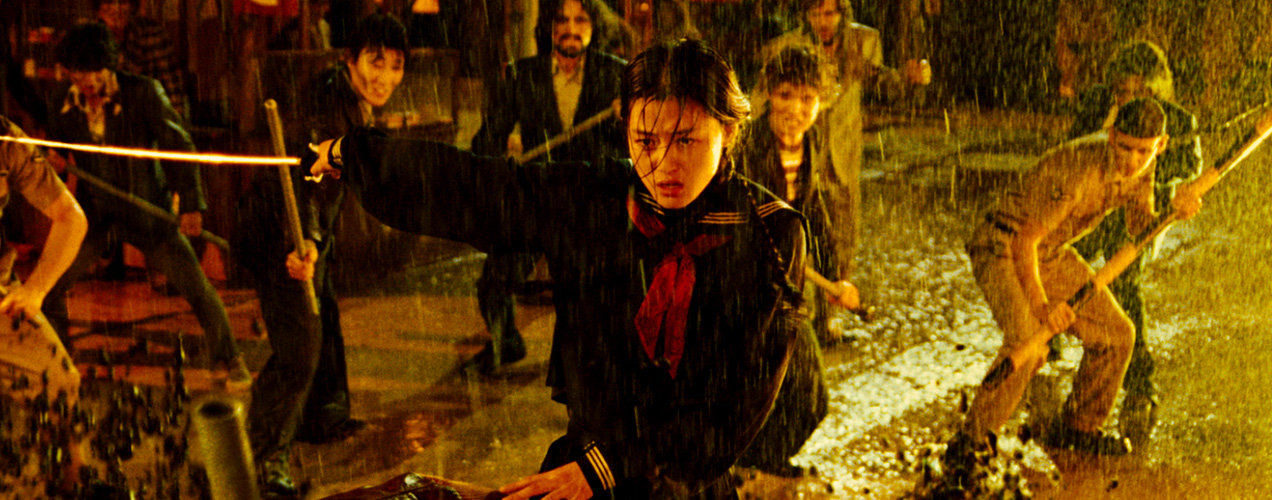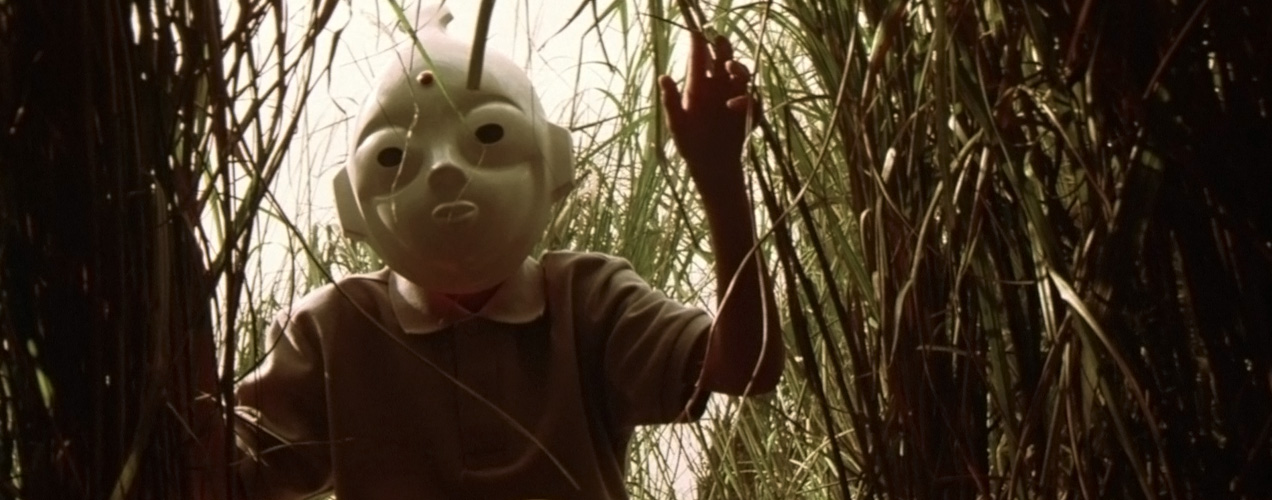
 2012 / Yoshida Daihachi > In many ways, Gus Van Sant’s Elephant is the best satirical parable about teenage high school life ever put on film. It worked because it was intensely believable even when it went overboard because the tiny details surrounding the giant “laughs” were real, based on experience. However, the fact that it had to utilize the Columbine Massacre was an unfortunate side effect of what it took to get the point across. (( If you want a more literal (and serious) depiction of a similar topic, you can’t go wrong with Denis Villeneuve’s Polytechnique.))
2012 / Yoshida Daihachi > In many ways, Gus Van Sant’s Elephant is the best satirical parable about teenage high school life ever put on film. It worked because it was intensely believable even when it went overboard because the tiny details surrounding the giant “laughs” were real, based on experience. However, the fact that it had to utilize the Columbine Massacre was an unfortunate side effect of what it took to get the point across. (( If you want a more literal (and serious) depiction of a similar topic, you can’t go wrong with Denis Villeneuve’s Polytechnique.))
In The Kirishima Thing, winner of the Japanese Academy Award for Best Picture, it seems a lot simpler: The captain of the high school’s volleyball team suddenly decides to quit. And all hell ensues.
It may strike the average viewer as an event of irrelevance, but in the microcosm of a small school, consider them losing LeBron James to not even free agency but boredom. Cleveland burned jerseys, but these kids are about to chow down on effigies. Someone symbolic to the culture of a world so miniature leaves and a hole is discovered inside that needs to be filled. But can it be filled? Who will fill it? And how will it affect the balance of that world?
People who follow a person like this, regardless of form and function—are they worthy of one’s attention? Are they, maybe, possibly, the contemporary definition of a zombie? Interestingly enough, that’s what our director is getting at. It may ultimately be a fairly shallow statement, but the so-called losers of this world know one simple thing: This is the world they have to live in. Talented people, such as our MacGuffin Kirishima, believe there is a way out of whatever hellhole they are stuck in. But others need to accept and move on. And often, it just so happens, that comes in the form of fiction—through literature or film or song—a solution outside reality that people insist on.
Those who feel predestined due to their beauty, athletics or traditional intelligence are the ones who are stuck. Those who know no other path are content in finding a way under the radar. It works not only as an analysis of high school social hierarchies but also class subcultures throughout the world. Like the boys and girls of mumblecore who whine about their middle class existence (( Best experienced in Joe Swanberg’s Hannah Takes the Stairs. )) while still succeeding in life beyond the average Joe, it’s always the people who have options to rise up or fall who find themselves in states of jealousy or at odds with their paths. Those who have nowhere to go but up know the direction they must take.

